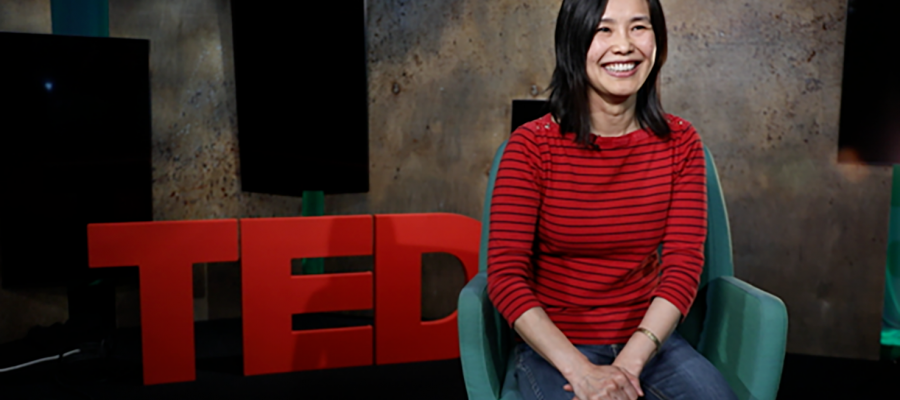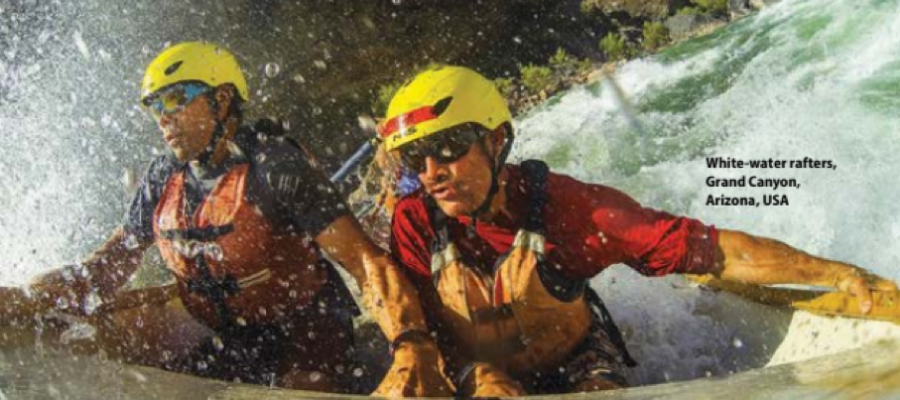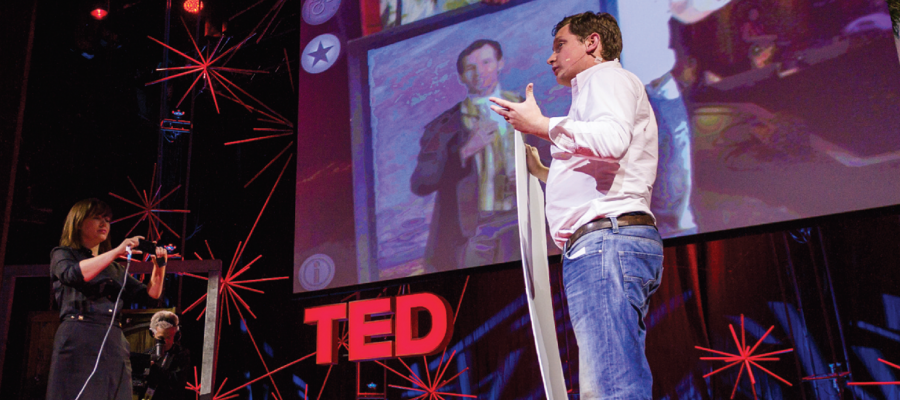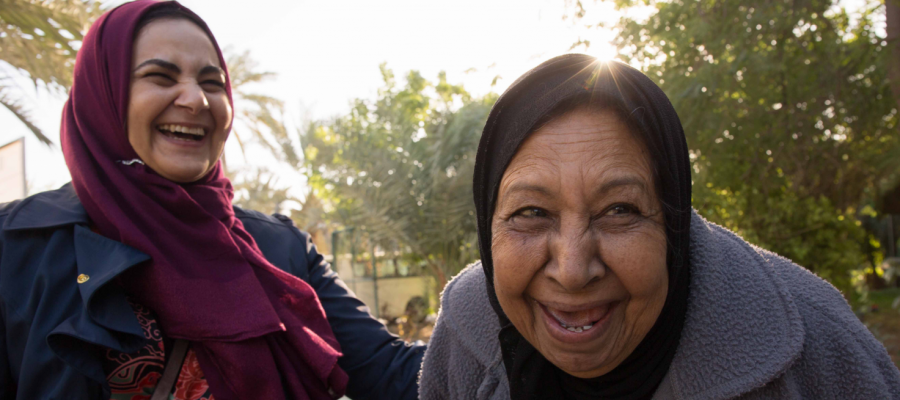Welcome back! The Life around the World photo from last month depicted a man strolling along the Malecón in Havana, Cuba. Started in 1901 to protect Havana from the water, the wall stretches for 8 kilometers and is a popular place to take a stroll and enjoy street entertainment. In bad











